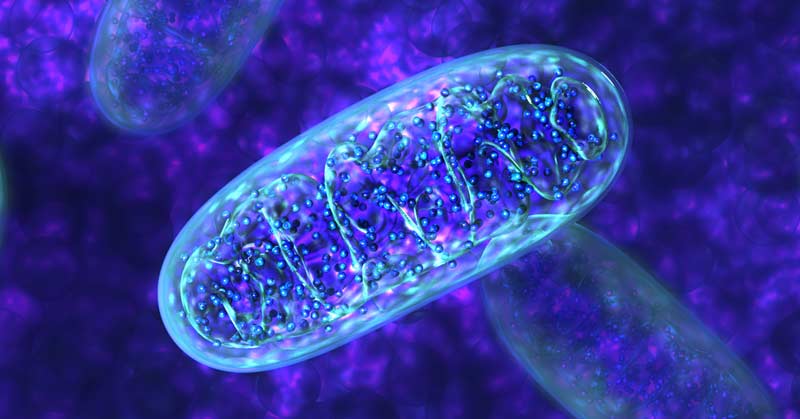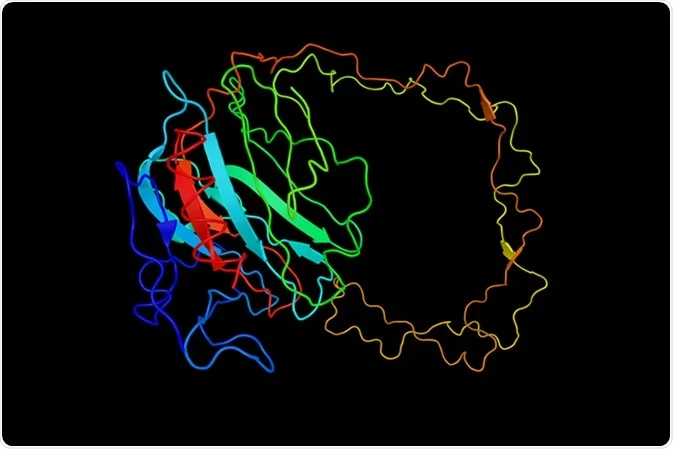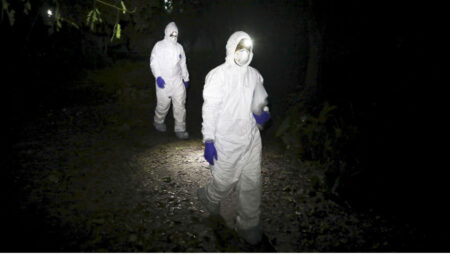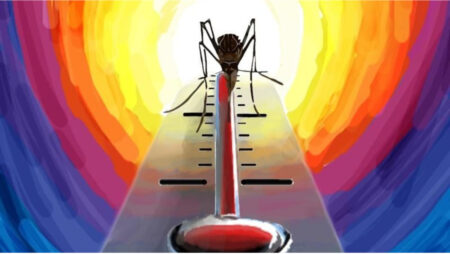A recent study published in the journal Nature by Dr. Christian Münch of Goethe University Frankfurt expounds on the close association between the mitochondria, the other cellular organelles, and the cell as a whole. According to the study, mitochondria call for help when it’s under stress.

Mitochondria is a vital organelle to human survival. The mitochondrion performs many crucial functions such as ATP generation (the energy currency of the cell), apoptosis also known as programmed cell death which occurs when the cell is damaged or old, and storage of calcium an important signaling molecule.
Damage to the mitochondria is detrimental to human health. It leads to reduced energy production, all the cells in our body need ATP to survive, so when the mitochondrion is damaged the organism as a whole is in mortal peril.
Electrons which are negatively charged molecules leak out from the mitochondria, which further interfere with other proteins and harm the cell. Cell death is a common recourse when mitochondria are damaged.

Result of the Study
The study performed by Dr. Christian and his team focuses on the mitochondria’s call for help when under stressful conditions such as inflammation, damage by reactive oxidative species, the presence of toxins, and genetic disorders. Dr. Christian’s study focuses on the stress caused by unfolded proteins and its consequence. According to research misfolded proteins disrupt energy production, cause the generation of ROS that damages the cell, and produces more misfolded proteins.
Response of the Mitochondria

From the findings of the study, the research team concluded that the mitochondria generate a huge amount of chaperone proteins (proteins that aid in protein folding) and proteases that recognize and digest the misfolded protein.
Response of the cell
The study further implied that the mitochondria signal the cell by releasing ROS into the cell. ROS functions by blocking the entry of vital proteins that are only folded in the mitochondria, this blockage leads to protein traffic in the cell.
ROS further causes a chemical change in the cell according to reports. This chemical change causes DNAJA1 a protein that normally supports protein folding to act on another chaperone protein HSP70. The complex of DNAJA1 and HSP70 clears out the blockade of nascent unfolded proteins around the mitochondria.
This allows for HSF1 which normally binds HSP70 to traverse to the nucleus, where it activates unfolded protein response (UPRmt). The UPRmt transcriptional pathway generates a series of chaperones and proteases to aid in the homeostasis of mitochondria.
IMPLICATIONS OF THE STUDY
The implications of understanding the process of protein homeostasis in mitochondria are immense. Many perilous mitochondrial diseases that occur due to the mitochondria misfolding proteins could be treated. Some examples include MELAS, Leigh syndrome (loss of motor and mental functions), and Parkinson’s disease.
Understanding the exact molecules and signaling pathways could aid in developing novel drugs and drug targets to combat diseases.
Münch comments that it was really interesting to study how the two mitochondrial stress signals culminate to provide one effective response.













